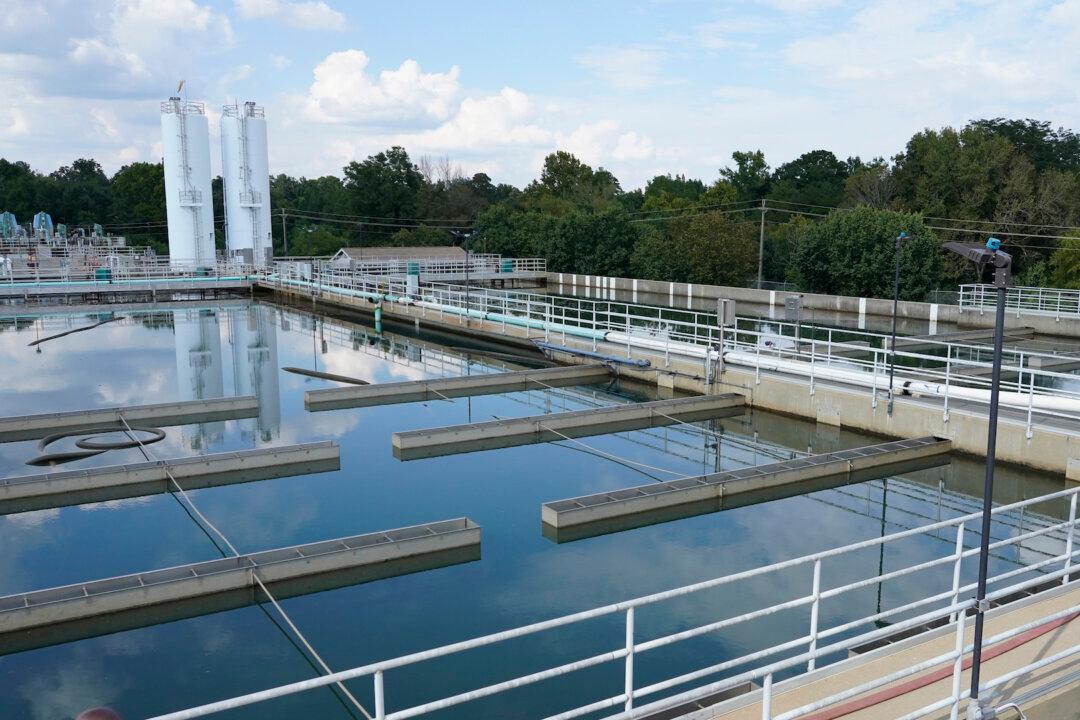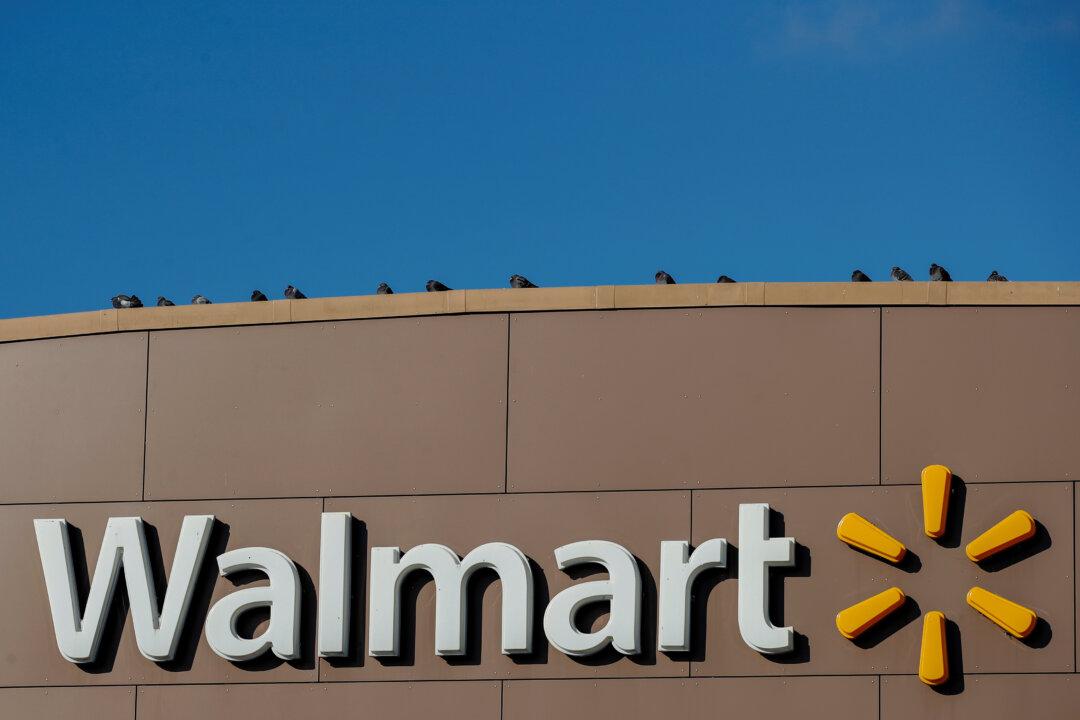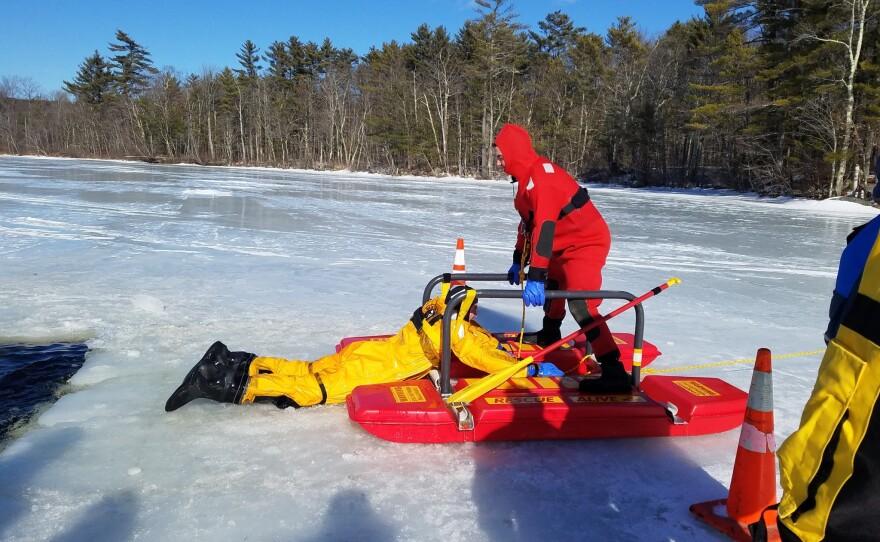The Environmental Protection Agency (EPA) on Friday called on states to boost their cybersecurity practices to protect public drinking water, as attacks against critical infrastructure facilities have been increasing.
The EPA said cyberattacks on public water systems (PWSs) amount to a threat to public health.




